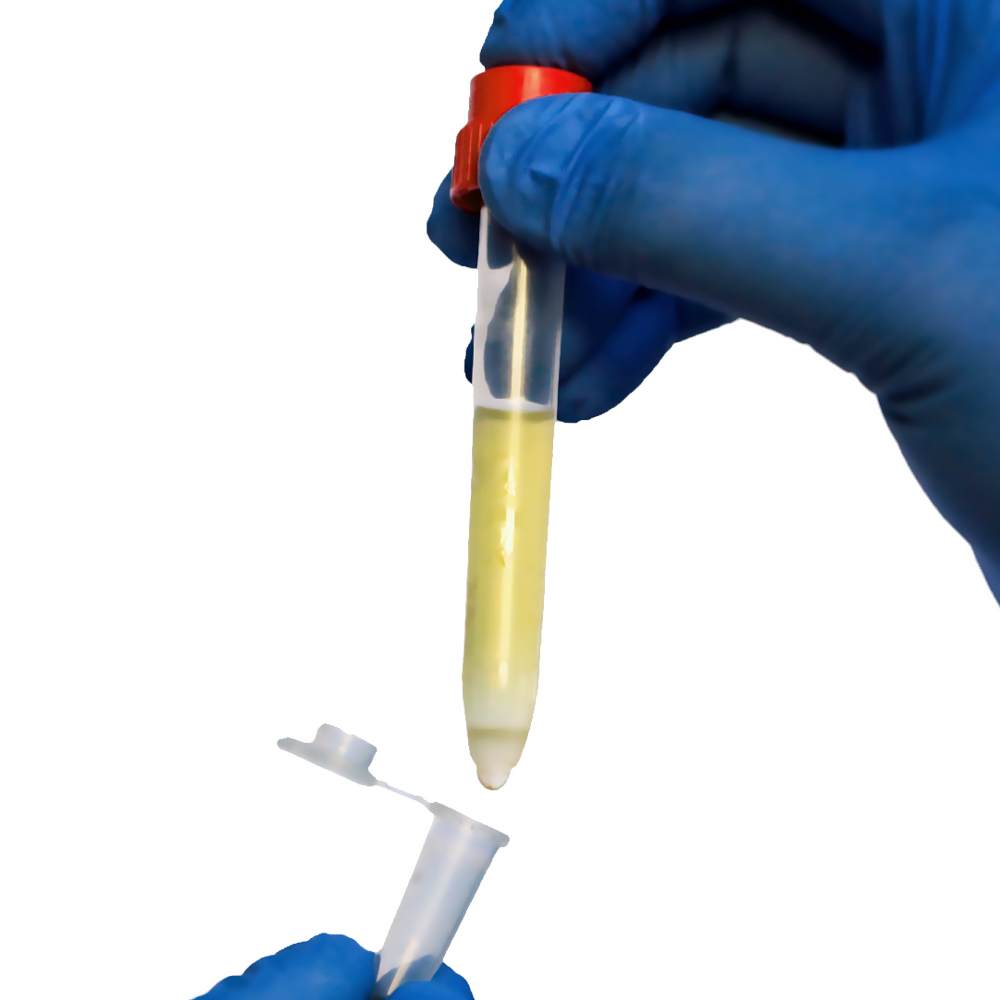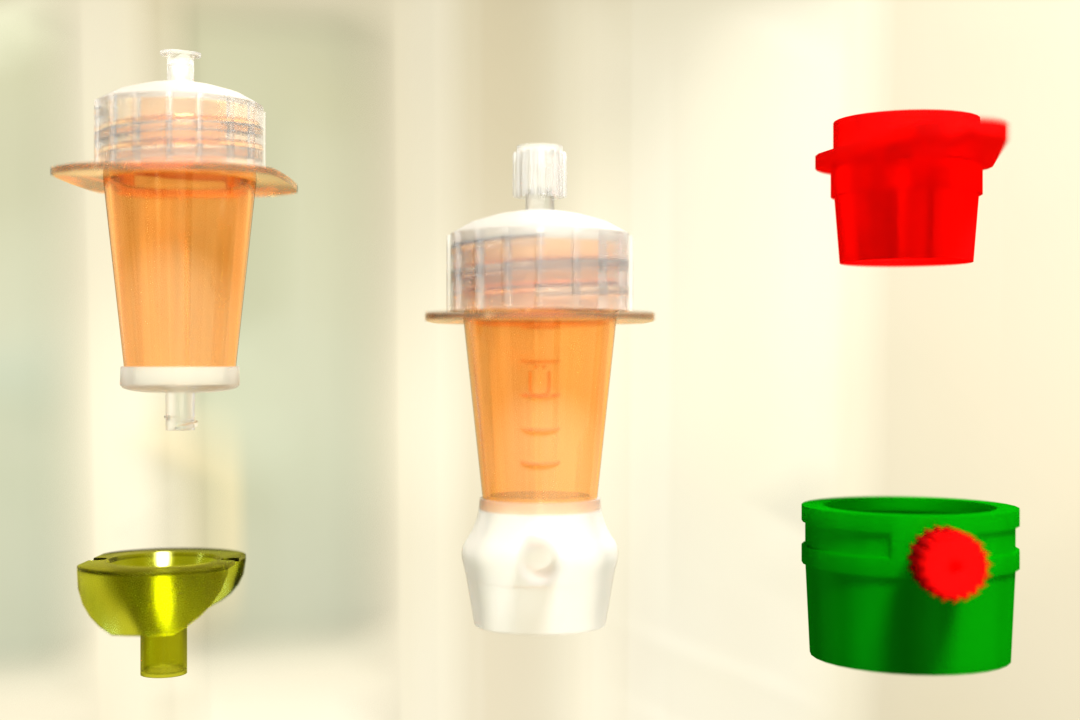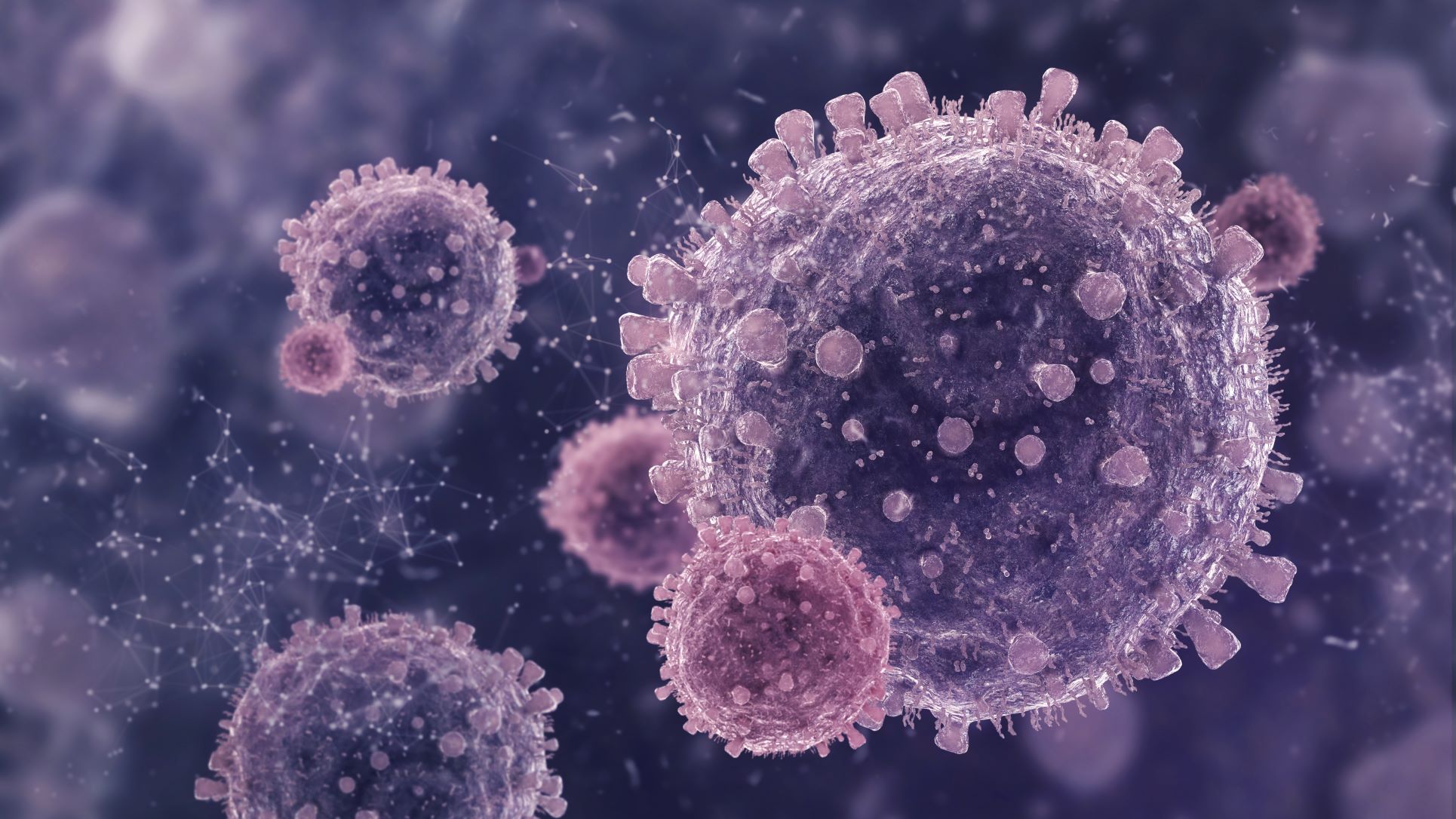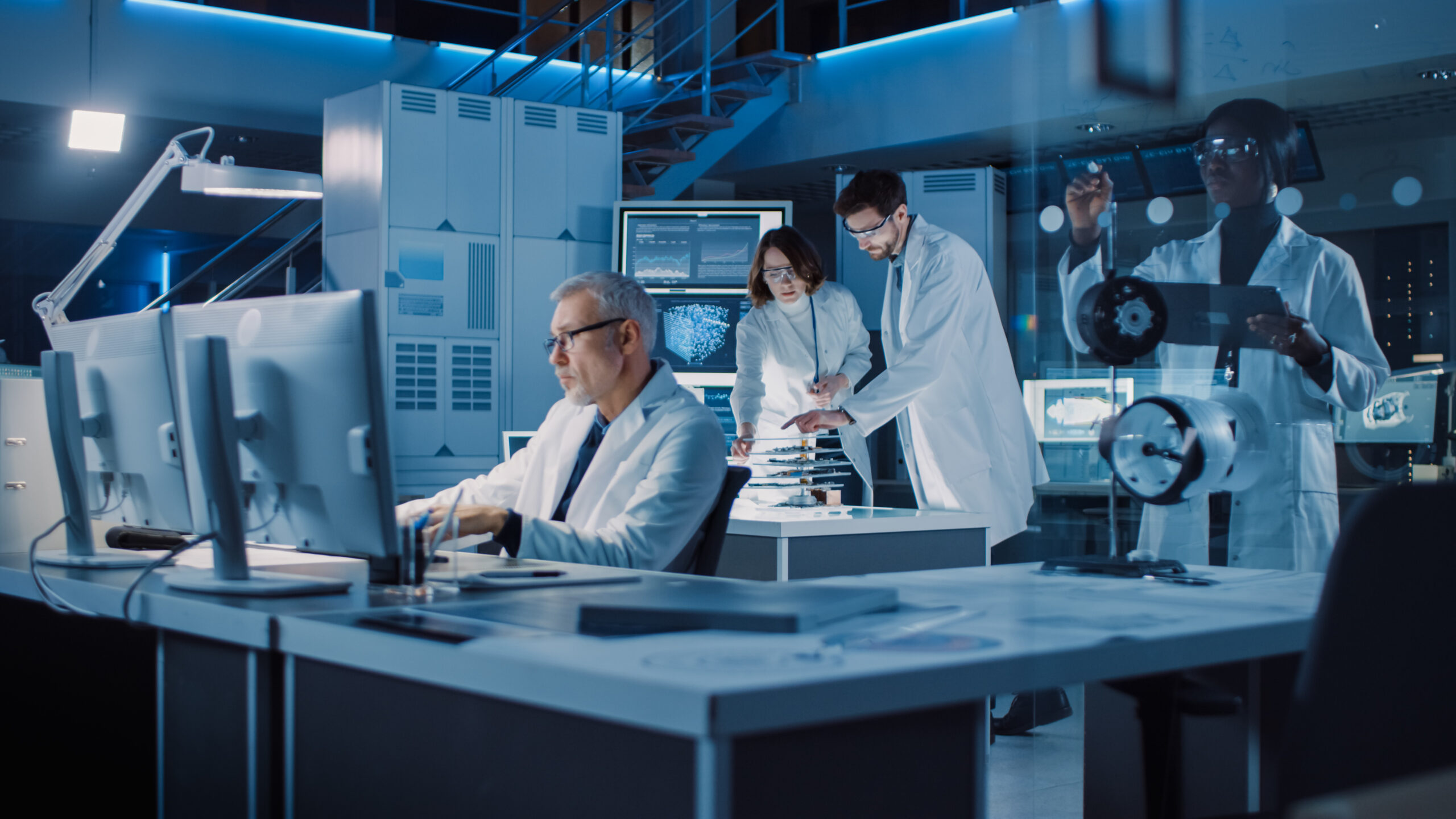This blog emphasizes importance of antibody cell separation in peripheral whole blood analysis, utilizing PluriBead and PluriSpin systems for high-quality cell isolation. Read on to discover more about these innovative products.
Peripheral whole blood (PWB) is a crucial biological specimen used in various medical research studies, including disease diagnosis, drug discovery, and therapy development. The blood contains a diverse population of cells, including red blood cells, white blood cells, and platelets.
Among the white blood cells, peripheral blood mononuclear cells (PBMCs) are of particular importance as they play a crucial role in the immune system. However, isolating these cells from the complex mixture of blood components requires an efficient cell separation technique such as antibody cell separation.
A Brief on Peripheral Whole Blood
Peripheral whole blood is a blood sample collected from a peripheral vein, usually from the arm. It is a complex mixture of various components, including red blood cells, white blood cells, and platelets, suspended in a liquid called plasma. The blood is collected in tubes containing anticoagulants, which prevent the blood from clotting.
Components of PBMCs
Peripheral blood mononuclear cells (PBMCs) are a group of white blood cells, including lymphocytes, monocytes, and dendritic cells. They play a crucial role in the immune system and are involved in the recognition and elimination of pathogens and infected cells. PBMCs are essential for medical research, as they can be used to investigate immune responses to various diseases and treatments.
Buffy Coat and Whole Blood: Understanding the Characteristics
PBMCs can be isolated from peripheral whole blood using various methods. One common method is to separate the blood components using a centrifugation process. The centrifugation process separates the blood into three layers: the red blood cell layer at the bottom, the white blood cell layer (also called the Buffy coat) in the middle, and the plasma layer at the top. The Buffy coat contains PBMCs and platelets and can be used for further processing.
Importance Of Antibody Cell Separation for Peripheral Whole Blood Analysis
Isolating PBMCs from whole blood is essential in medical research, as it allows for the investigation of immune responses to diseases and treatments. Antibody cell separation is a technique used to separate specific cell types from the complex mixture of blood components. This technique uses antibodies that specifically bind to the surface markers of the target cells, allowing for their separation from the rest of the blood components. Importance of antibody cell separation for Peripheral Whole Blood Analysis can be underestimated.
Using the Right Antibody Cell Separation Method
Several methods are available for antibody cell separation, including positive selection and negative selection. Positive selection involves using antibodies that specifically bind to the target cells, allowing for their isolation, while negative selection involves using antibodies that bind to non-target cells, allowing for the isolation of the target cells. The choice of antibody cell separation method depends on the research question, the target cell type, and the downstream analysis.
Pluribead and Plurispin can serve as either the primary method or a supplementary technique to purify samples separated using other methods. What makes our products unique is their ability to offer high purity, sample viability, and throughput, which eliminates the need for additional purification steps. Our products do not use harsh magnetic fields or fast-moving liquids that could potentially harm cell health and physiology.
PluriBead
Pluribead is a technique where a particular antibody directly binds to the target cells, enabling their separation from other undesirable cells during subsequent enrichment steps. The unbound cells are removed, leaving only the desired cells. To immobilize the labeled cells, a cell strainer or magnets can be used when coupled with a solid phase. This approach can be used with various sample materials, such as PBMC, secretion or excretion material, buffy coat, whole blood, brain homogenate, spleen, liver, and so on.
Plurispin
Plurispin involves binding all cells to specific antibodies and separating them, except for the cells of interest. Unlike positive cell enrichment, this approach eliminates all unwanted cells. During this method, the desired cells remain unbound and “untouched” by the antibodies or beads, resulting in highly purified and viable cells. This approach reduces the likelihood of damage to the activated cells.
Cell Enrichment using Density Gradient Centrifugation
Density gradient centrifugation is another method used to isolate PBMCs from whole blood. This technique involves layering the blood sample over a density gradient medium and centrifuging it. The density gradient medium separates the blood components based on their density, allowing for the isolation of PBMCs.
Conclusion
In conclusion, peripheral whole blood is a vital biological specimen used in medical research, and the isolation of PBMCs is essential for various studies. Antibody cell separation is a powerful technique used to isolate specific cell types from the complex mixture of blood components. By using the appropriate cell separation technique, such as density gradient centrifugation or antibody cell separation, researchers can enrich their samples with specific cell types and improve the accuracy and specificity of their downstream analysis. For efficient and reliable antibody cell separations, choose Uberstrainer, a leading provider of high-quality cell separation products and services.
Reference:
NCBI
Nature
 English
English French
French
 German
German
 Spanish
Spanish
 Belgium
Belgium
 Italian
Italian Brazil
Brazil Chinese Mandarin
Chinese Mandarin




